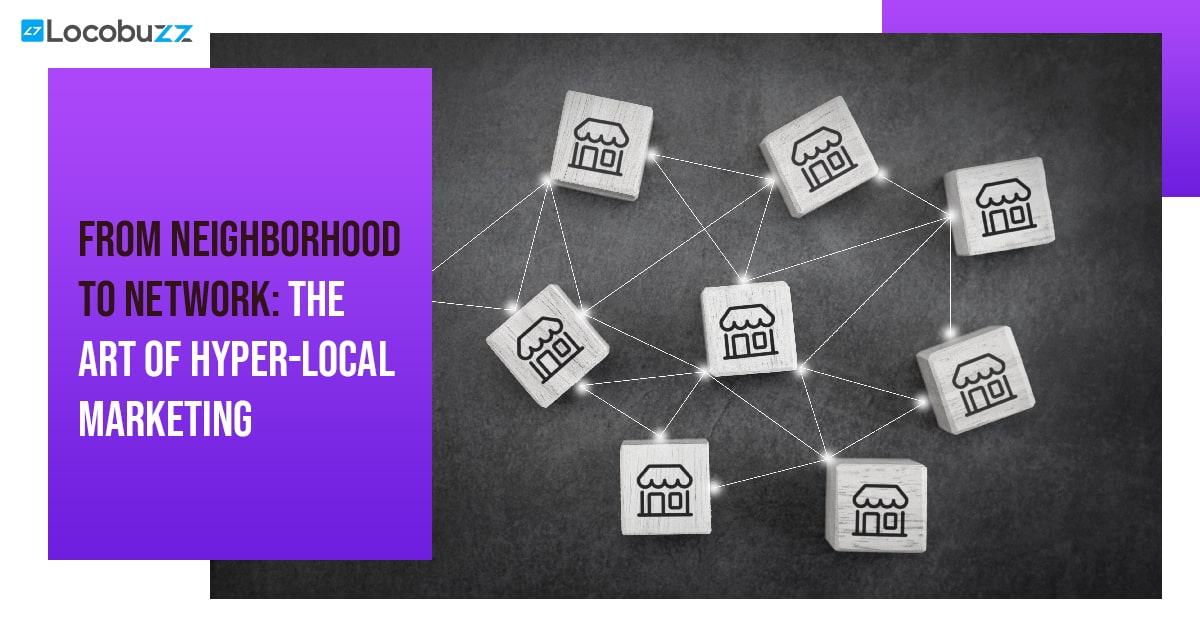How to measure social media ROI?

Introduction
Over the several years, the pattern of social media usage and monetization is rising day by day. The influence of social media is so powerful that it has become one of the most important platforms for people to share news and brands and promote their businesses and talents.
And hence, businesses these days are doing their best to promote their brands and products on social media and increase their social media marketing network. Some influencers and bloggers are then signed for paid collaboration and help the businesses to reach more people easily with just a single post. Likewise, Locobuzz acutely measures the ROI of brands, the insights on how the customers are behaving, their personal growth and performance, and many more such things through social media management. Then comes social media ROI. Let’s get to know what social media ROI is in the first place.
What is social media ROI?

It is crucial to understand what social media ROI is and what is its basis of existence. Social media ROI is nothing but the return of investment that a company invests in its social media marketing. Whatever investment is done by the business on the sales and marketing by using the platform of social media is then calculated to know the return and revenue that it is bringing back to the company. With all the arguments aside, social media marketing does bring in better brand exposure, higher audience reach, and also better revenue. However, some experts follow the belief that calculating social media ROI can never be done accurately. This is because social media believes in too many instances like “followers” and “comments” and more. Even so, the information and calculations can help to sum up and paint an accurate ROI. Let’s read further to know how can you know about calculate social media ROI.
How to measure social media ROI?

Simply put, social media ROI is the sum of all the social media actions that have a hand in creating revenue divided by the investment and budget invested for all those actions. In short, for all the efforts, resources, time, and money that are given to social media marketing, one may ask what is the return? What is the revenue?
There is a very simple formula for calculating the ROI for the social media and that is -: Value/investment (that is the people hours, ad budget, etc. Put in the action) X 100 = social media ROI (as a percentage). This is just how simple it can be calculated.
A very important point that we shouldn’t forget is that the calculation of ROI depends highly on your objective for your business and what outcome is it that you desire. That’s why the whole ROI procedure included value and return rather than profit. However, before that let us discuss a step-by-step procedure on how you should calculate the ROI for social media keeping your business and agenda in mind.
Recommended Posts
Step by step procedure for measuring ROI

- Have A Clarity For Social Media Objective – In this step, you first decide and define what social media value and marketing means to your brand, and how it affects the revenue of your business. Having a clear view of social media marketing means knowing your customer’s touchpoints, their suggestions which when worked upon raises their loyalty and preference towards your brand in particular. Doing this manually is impossible. So, there are sentiment analysis tools which can know the thoughts of people towards the brand. Your social media investment can create a bigger audience and major brand exposure as a return of value, hence smart decisions lie in your hands.
- Track Your Social Media Progress And Performance – One of the most important responsibilities is to do proper social media management. You would have to adhere to is that you need to keep track of whether your social media actions and updates are meeting your objectives and the goals that you have set. The shares, likes, and comments that you get on your business posts and product exposure can be used to determine the touchpoints of your customers. One can use social media management tools to manage huge data. They can help you to know what content and products are being considered and loved by the people out there and to know the market competition better.
- Calculate The Amount And Effort That You Spend On Social Media – When we talk about investment, it is not always the monetary expenditure that we should count under the category. Investment of labor, ideas, time also should be there to know the actual amount spent for your social media campaign. The costs of tools and platforms that are needed to boost up the strategy, the budget is given for the social media advertisement, the time and efforts of your content creators, and the team that leads the whole of the project – these are all that is known as the actual investment.
- Keep Reports And Tabs On ROI – According to various research conducted by LinkedIn and other organizations, the fact that only 60% of the businesses create an ROI report has come to light. That actively means that 40% of them don’t keep tabs on it. It has also been researched that calculating your social media ROI regularly and creating a resulting output report on it helps to see the progress and the conversion of business from just potential buyers to actual customers. Always create a social media ROI report using very plain language so that it can be understood and worked upon by your other team members as well.
Useful tools that will help you in your business growth and brand building:
Conclusion
The takeaway of this whole post is that with time, things change and they are changing rapidly. There’s a lot of potential and power in social media to make a perfectly successful business out of it. With it, always remember to look out for your social media ROI and also create a detailed report on it. Social ROI calculator, Google analytics, UTM parameters, Facebook Pixels are some of the social media ROI tools that will help you to calculate your ROI easily without creating any hassles. Take help from these tools to correctly calculate the social media ROI of your website.























